The ‘ideal’ camera in this case being the Zeiss Ideal, a 9×12 model from around 1930. An interesting camera, once known as a ‘hand and stand’, and one of those that survived the 1926 merger to form Zeiss Ikon and continued into the 1930s under the Zeiss Ikon brand. It started life as a Hüttig, becoming an Ica and then a Zeiss via takeovers and amalgamations. I understand the 9×12 model became the Ideal B in the ’30s and had a different back design that MacKeown’s describes as ‘pop-off’ but I haven’t found any details. The whole subject of these backs seems to be quite a minefield from what I have read.
I came across it whilst fulfilling a long time ambition to experience large format in the 5×4 size. I had a Linhof Super Technika IV from around 1960 at the time but couldn’t resist the chance to see how they compared. Both were a big step up from the home made 8×10 cameras and bromide paper ’film’ I had been using previously.
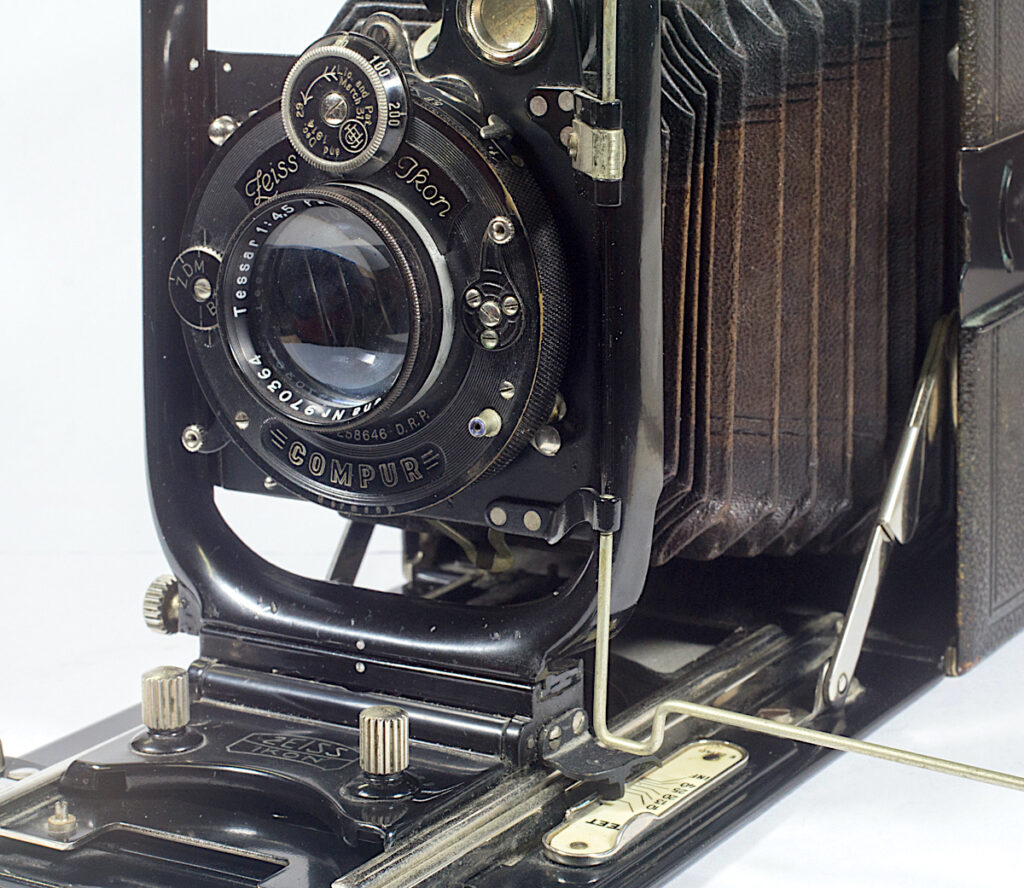
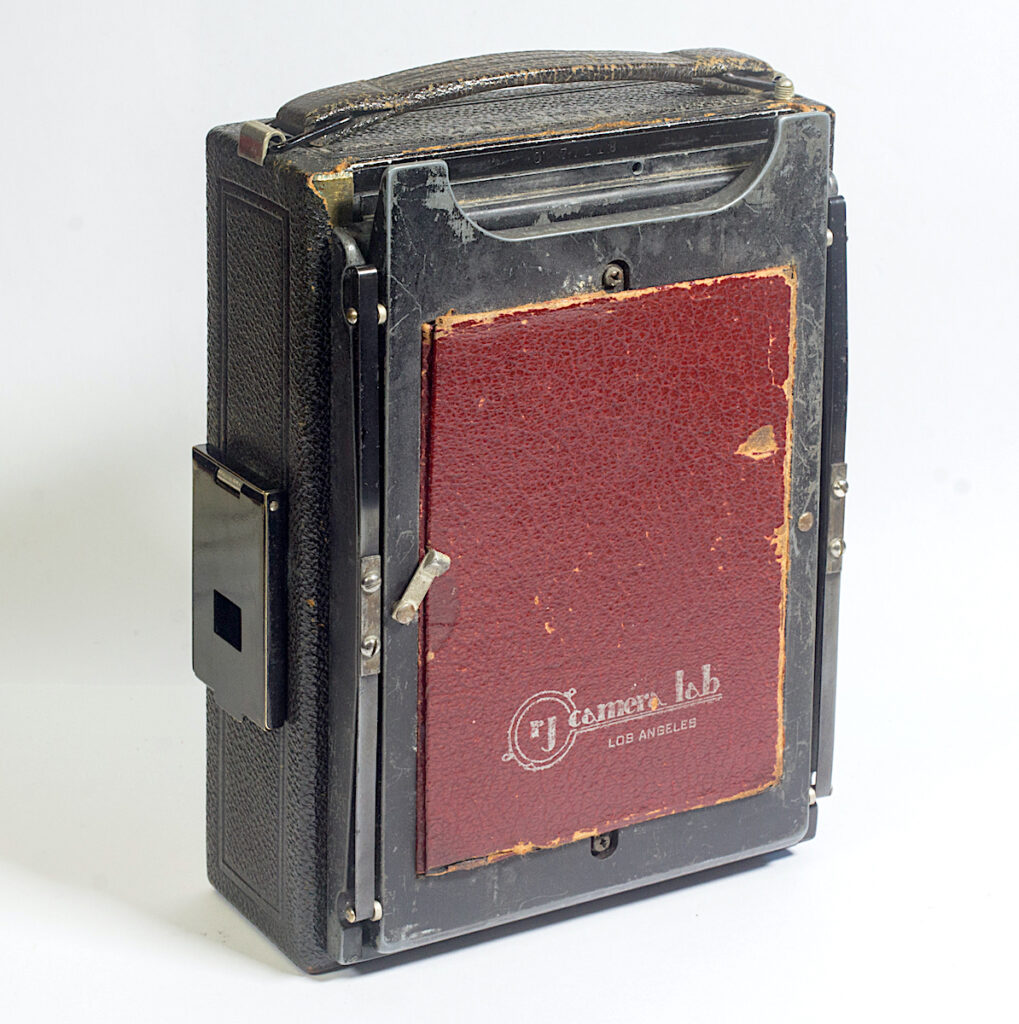
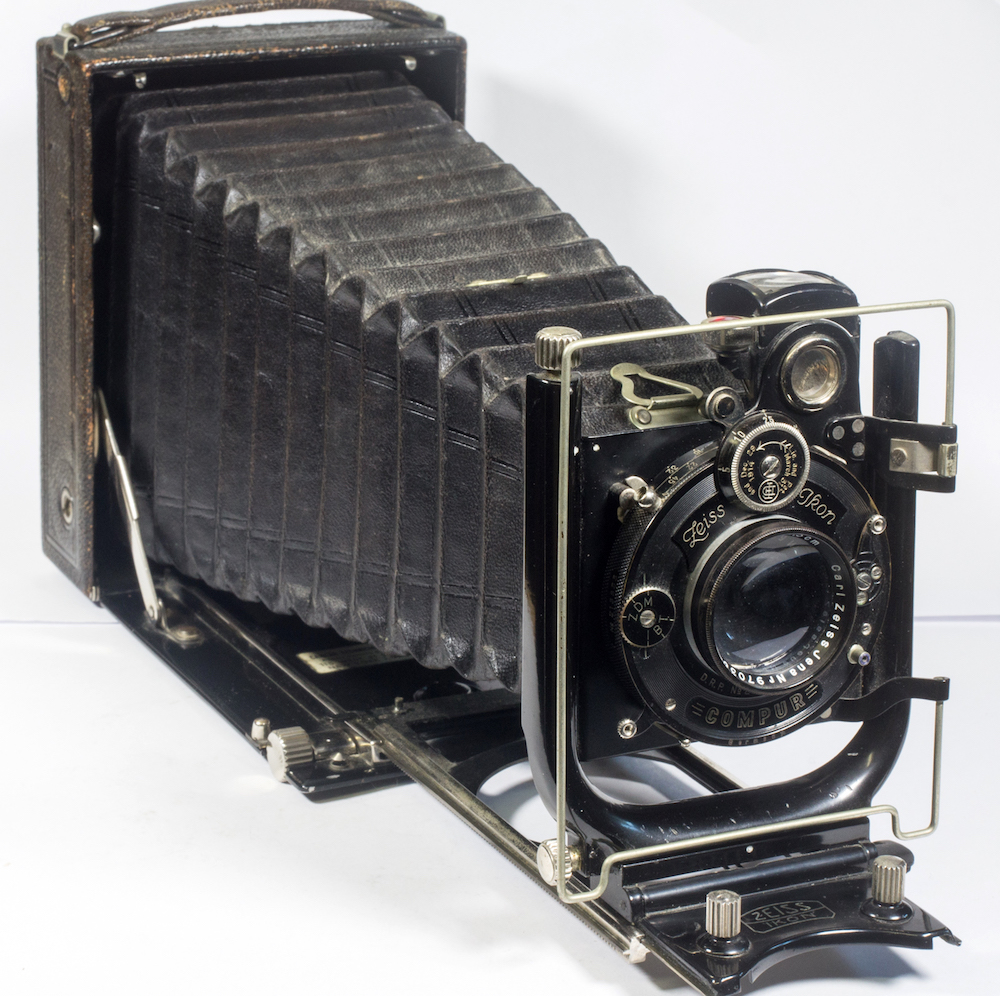
The camera was in very good condition for its age with a clean Tessar lens in a Dial Compur shutter that seemed pretty accurate with supple, light-tight, double extension bellows and smooth focus and a rising front. The lens/shutter unit is interchangeable via a bayonet arrangement.
A very well made ‘International’ type focussing back had been retro-fitted at some point which was designed to take standard double dark slides (DDS) rather than the original back. This needed the hard to find single film holders it would originally have come with.
It could be used hand-held with the finders provided and scale focussing or on a tripod and focussed with the ground glass, hence ‘hand and stand’. Two tripod sockets are provided and the small reflex finder can be rotated from portrait to landscape as needed. The small bubble level is fixed to the finder and so rotates with it. A neat feature.
The Linhof could also be called a ‘hand and stand’ that could be and was used as such, but it would take much greater arm and back strength to use hand held, weighing in many times that of the Ideal.
The problem
The only problem I had was that it came with no film holders of any sort and I hadn’t anything suitable and so had to work out some other way to use the camera. I did have some 5×4 DDSs though and with the lens standard having a rising movement coverage would be adequate. 9×12 is very close to 5×4 which measures just less than 10×12.5 cms, so I decided to make another adapter spring back using the existing back as a pattern for the fitting.
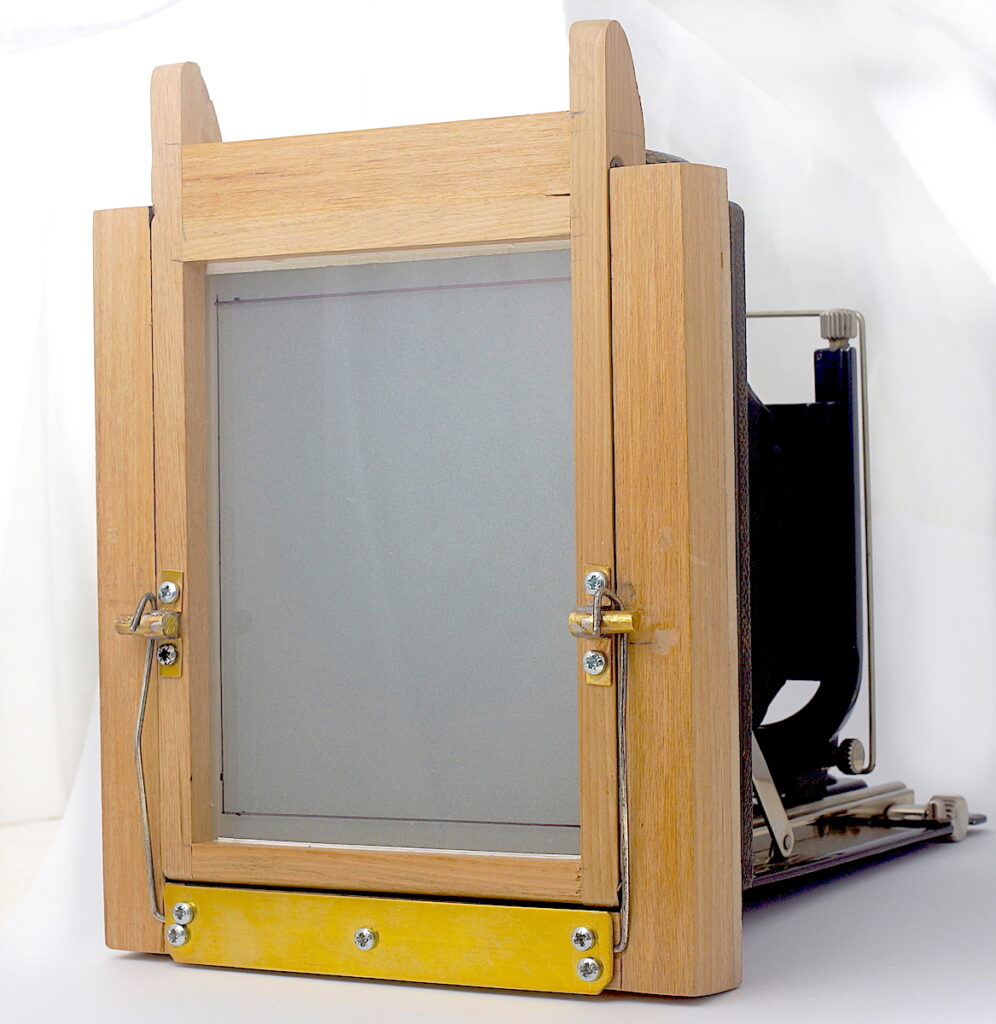
It proved fairly simple to make, the back sliding into place and locked in position by means of a notch with a button release. I never managed to reproduce this locking feature but the back was a tight sliding fit, making it quite secure with care. This new version was much thicker, being mostly made from wood, when compared to the slim metal one meaning the plane of focus was moved. This made the focus scale inaccurate so that always focussing with the ground glass would be necessary.
The new back
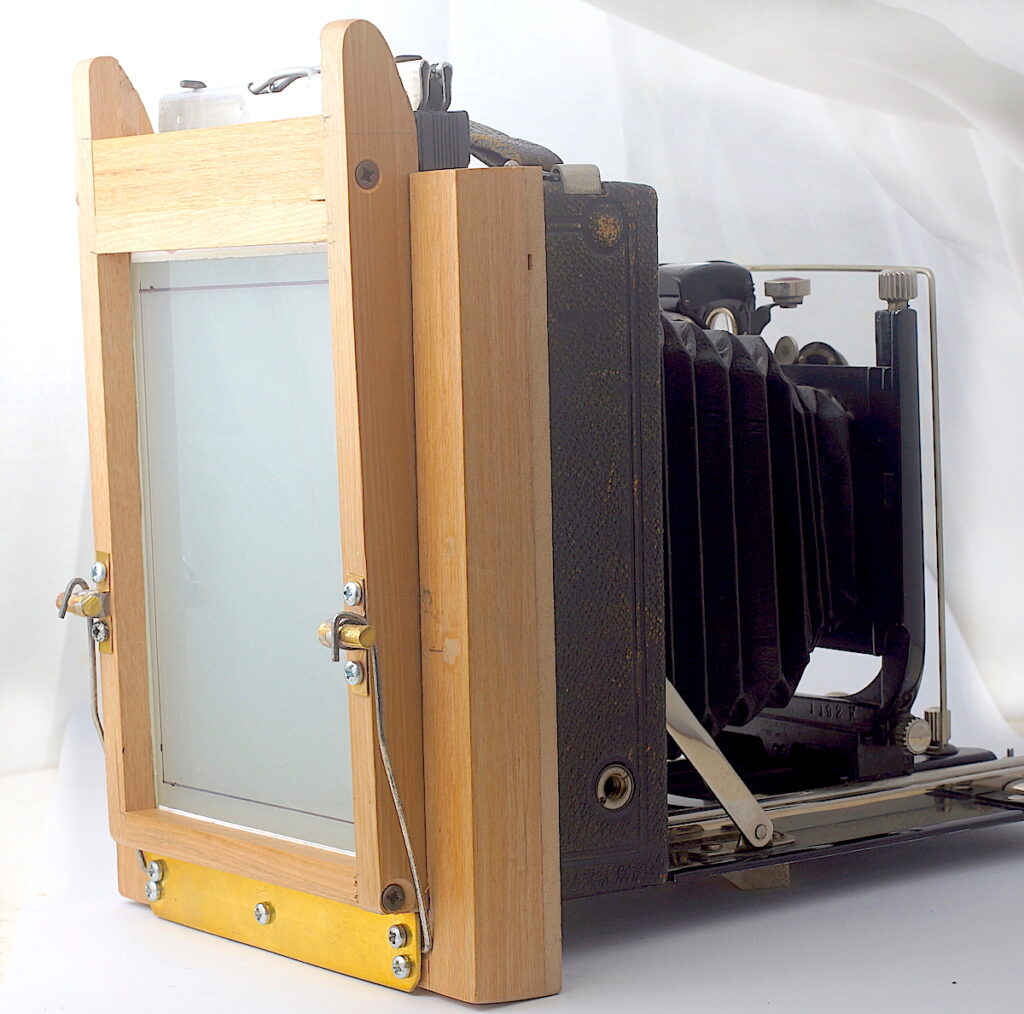
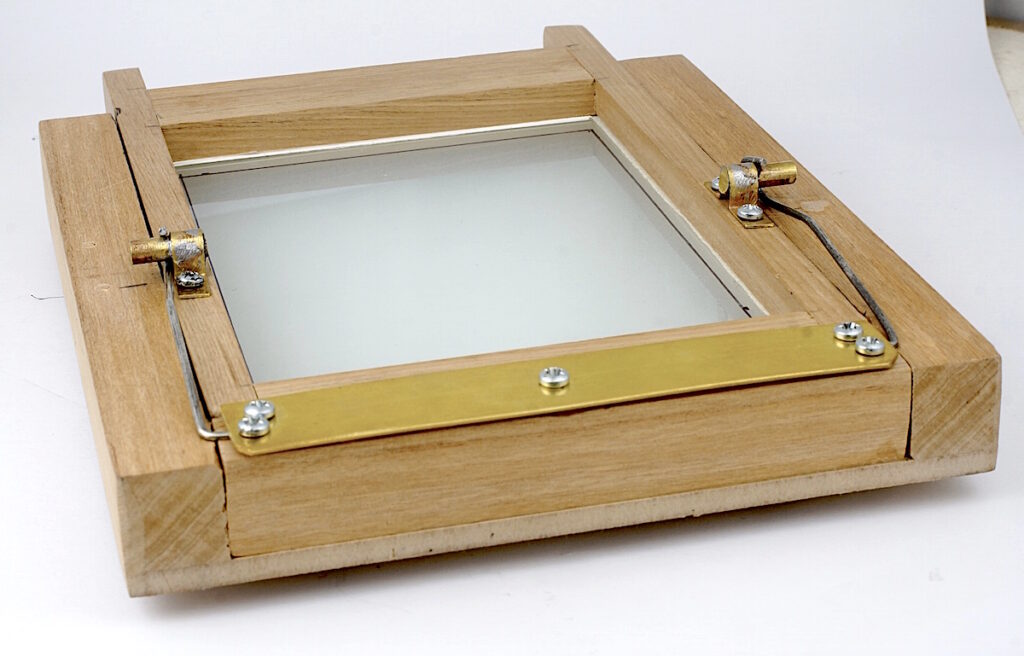
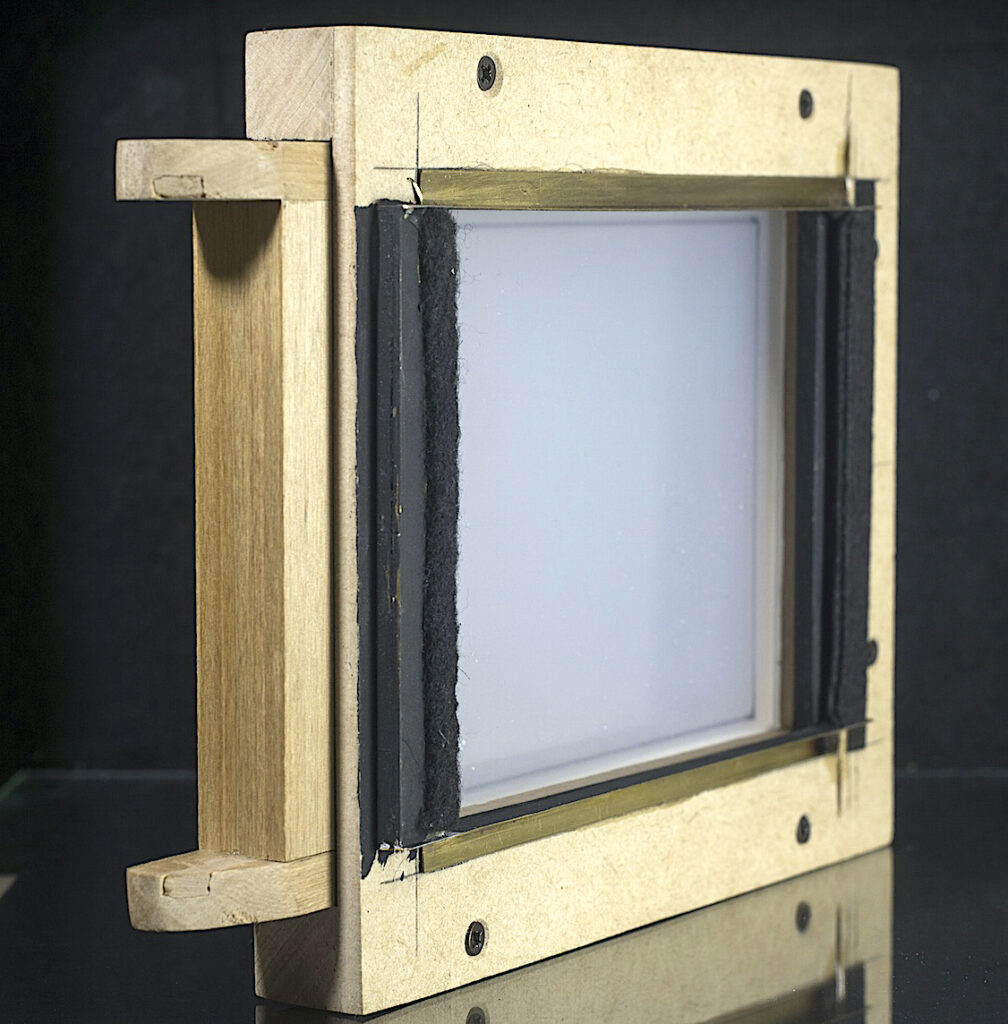
The back I made followed the usual design with a fixed frame mounted to the camera enclosing a smaller, loose frame fitted with a ground glass screen located in the film plane with springs holding it firmly in place but allowing a DDS to be slipped underneath after focussing. Being made from wood it wasn’t anywhere near as sophisticated as the one that came with the camera, but even that didn’t have the locking feature and slid out very easily if you weren’t careful.

The spring was the hardest part to make, my metal-working being even more basic than my joinery, but some piano wire suitably bent and secured, plus a bit of brassware and soldering, served to hold the screen and DDS securely in place.
Comparison

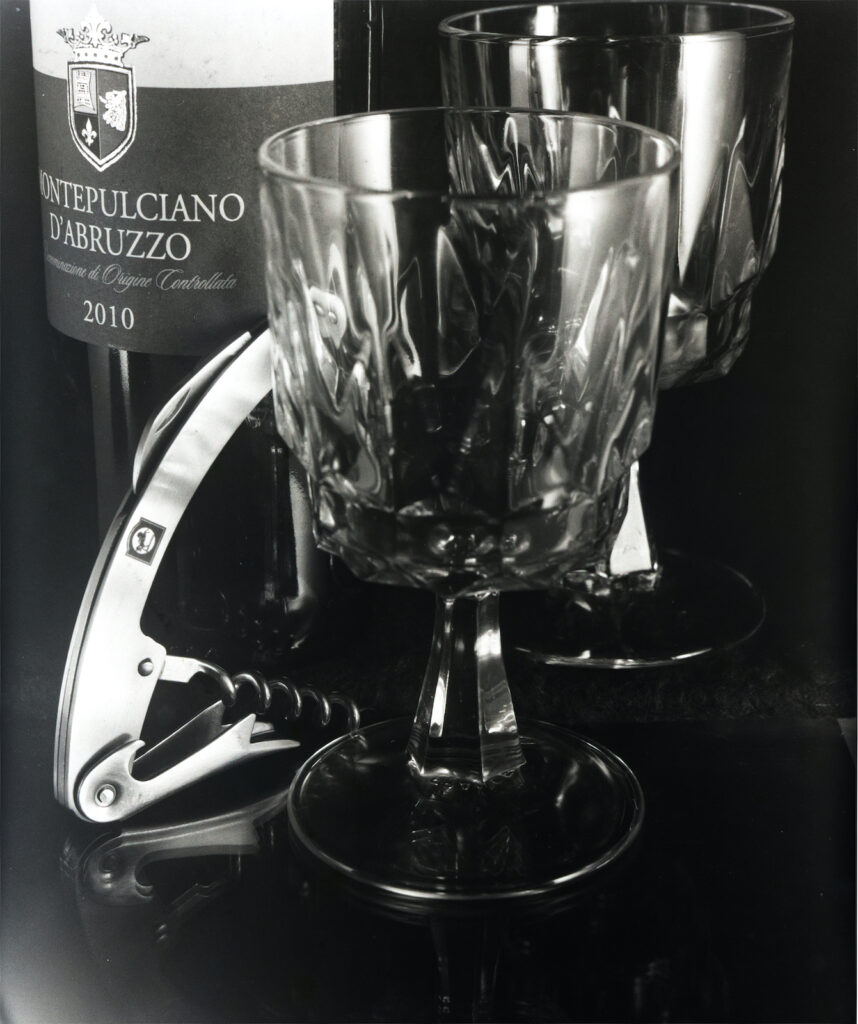
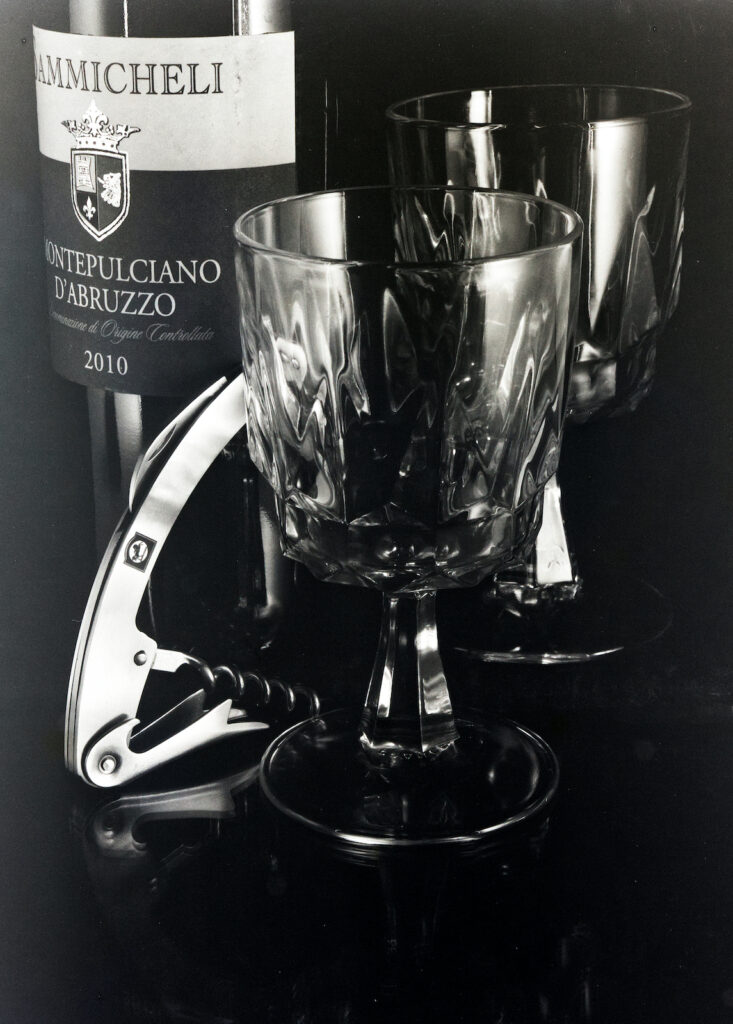
It proved slow to use always having to focus on the ground glass, something I did for every exposure on the Technika anyway as I didn’t have a suitable viewfinder (or arm strength if I had). The results from the few still life shots I took with it stood up well against the Linhof’s 150mm Symmar. I used 5×4 FP4+ developed in Rodinal for them all and, apart from some flare in a still life of some flowers (my mistake with the lighting), gave excellent quality from its 70 or so year old, uncoated 135mm Tessar lens. Using older cameras shows how good some early lenses were. It is the designs needed for zooms, extreme focal lengths, large maximum apertures and SLR mirror clearance that mostly demand the complexity and expense of modern lenses plus the demands of digital sensors of course. Even the Symmar is basically quite an uncomplicated, symmetrical design but with 6 elements against the Tessar’s 4.
Overall, however, the Technika’s much improved design and operation meant there was really no contest.
End story.
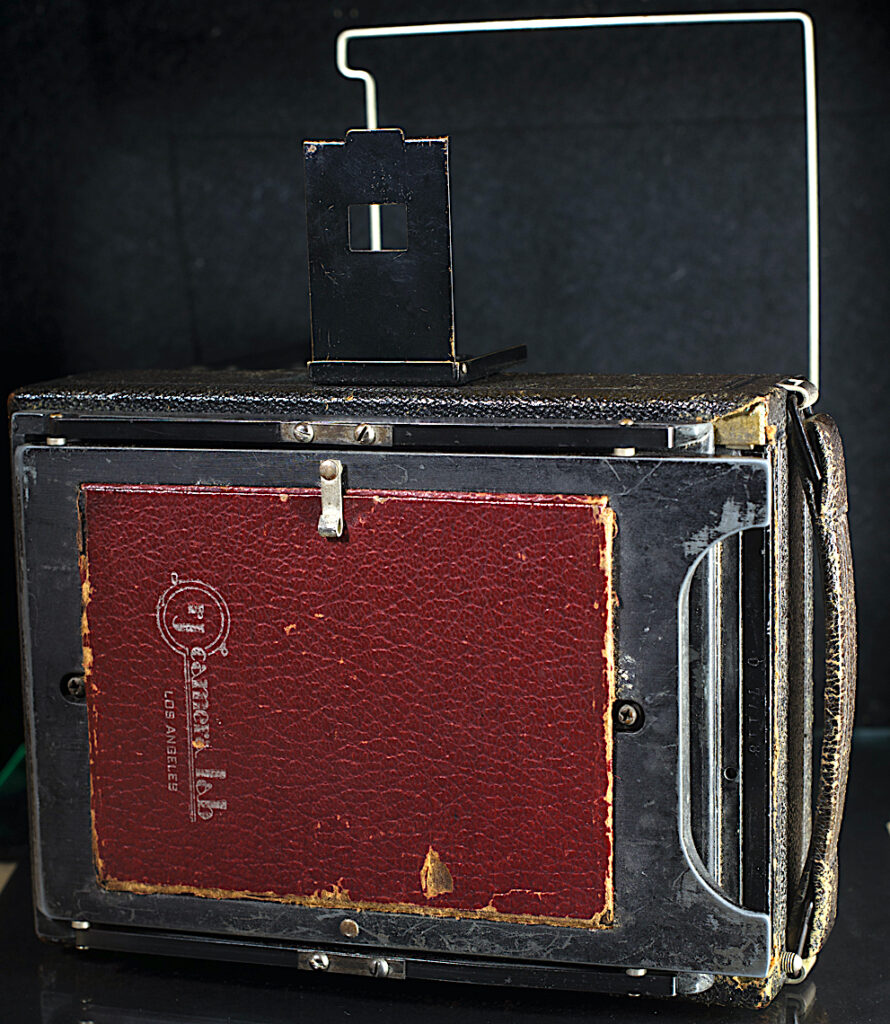
Unlike the ending in the station buffet of the classic movie, my brief encounter didn’t lead to love and romance. Owning it alongside my Technika meant it soon went on its way to another home. The 5×4 back went with it though so it is perhaps still being used.
Share this post:
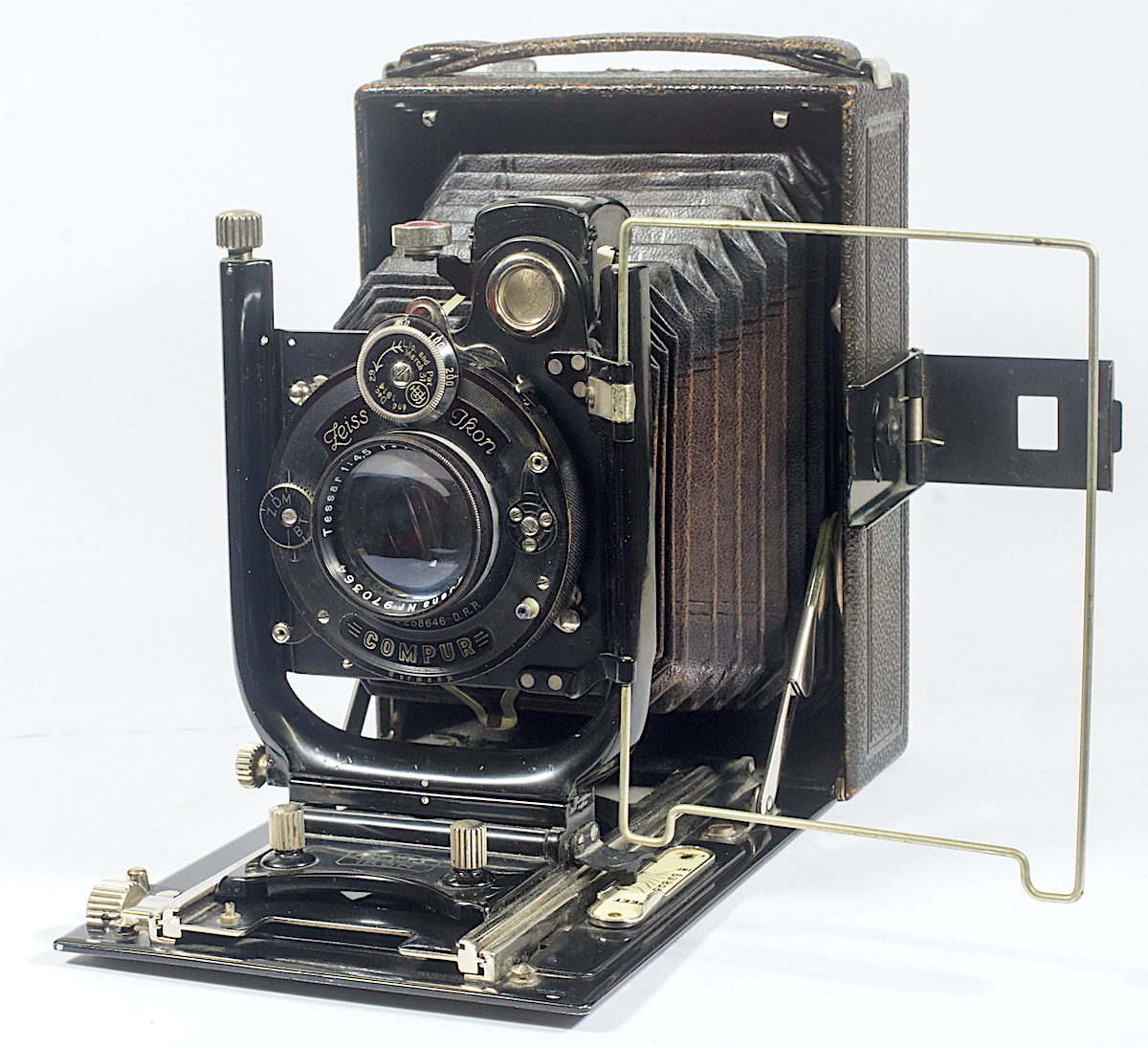
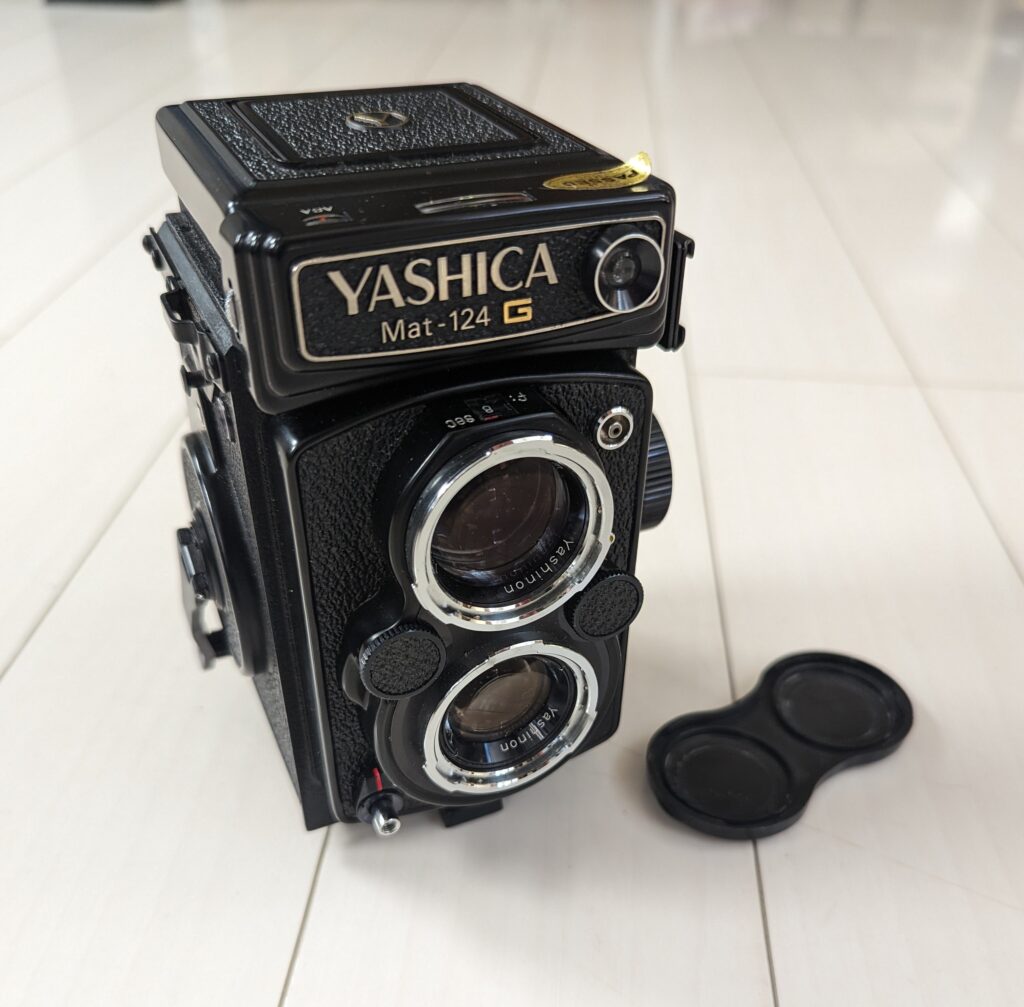
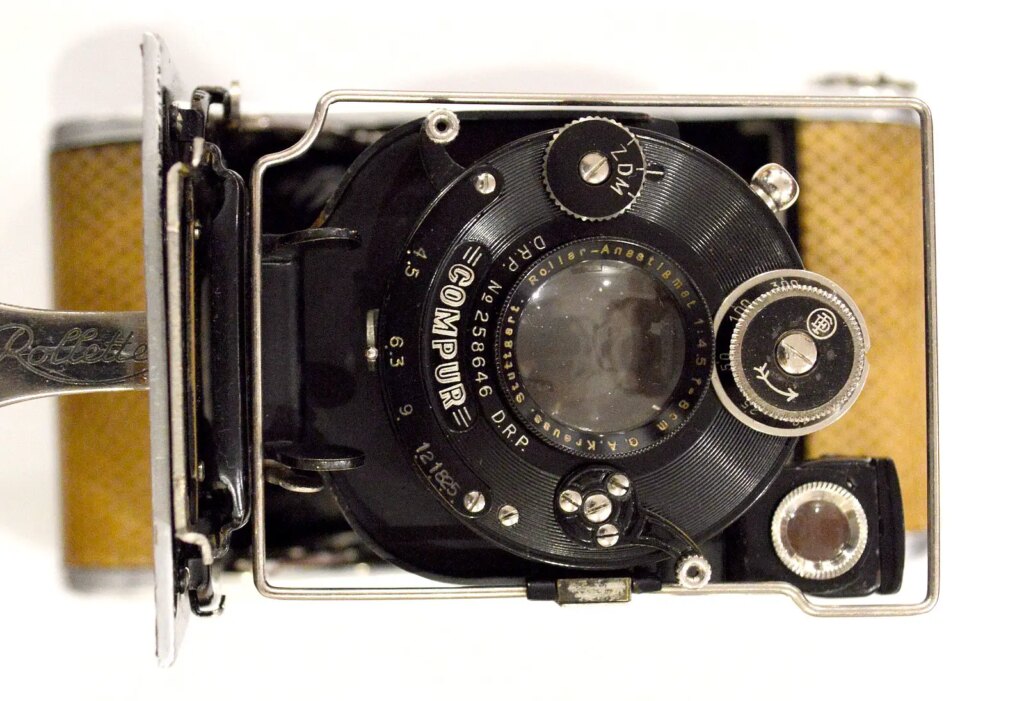
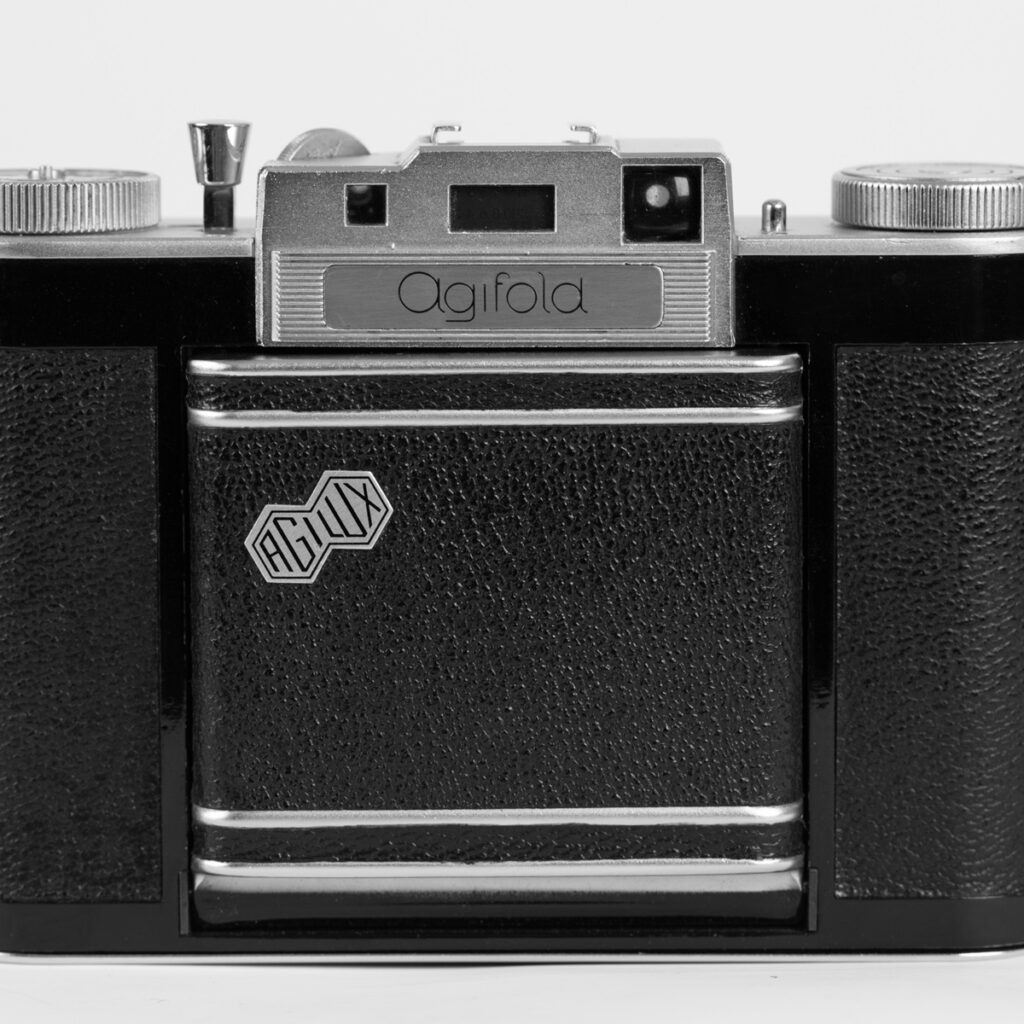
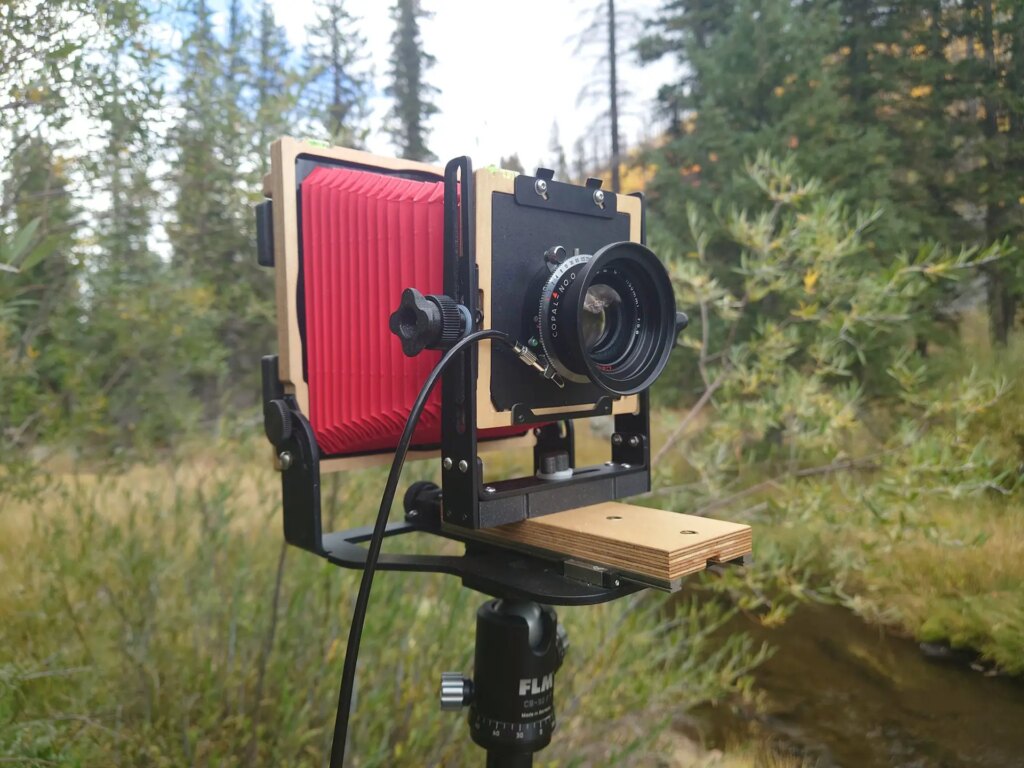





Comments
Daniel Emerson on A brief encounter with a (Zeiss) Ideal camera.
Comment posted: 03/05/2024
it sounds like a love affair with all the work that went in :) Interesting read.
Regards
Daniel
Comment posted: 03/05/2024
John T Miles on A brief encounter with a (Zeiss) Ideal camera.
Comment posted: 03/05/2024
Excellent work and interesting read.
Comment posted: 03/05/2024
Gary Smith on A brief encounter with a (Zeiss) Ideal camera.
Comment posted: 03/05/2024
Comment posted: 03/05/2024
Comment posted: 03/05/2024
Comment posted: 03/05/2024
Comment posted: 03/05/2024
Comment posted: 03/05/2024
James E. Langmesser on A brief encounter with a (Zeiss) Ideal camera.
Comment posted: 04/05/2024
Comment posted: 04/05/2024
Ibraar Hussain on A brief encounter with a (Zeiss) Ideal camera.
Comment posted: 07/05/2024
Comment posted: 07/05/2024
Comment posted: 07/05/2024
Comment posted: 07/05/2024